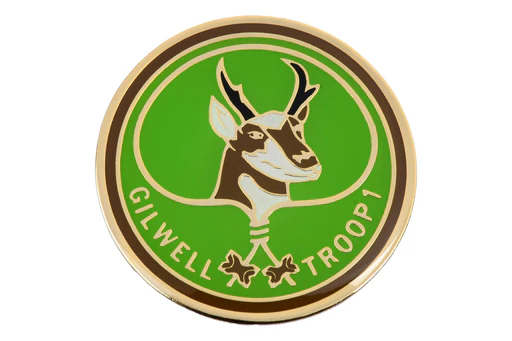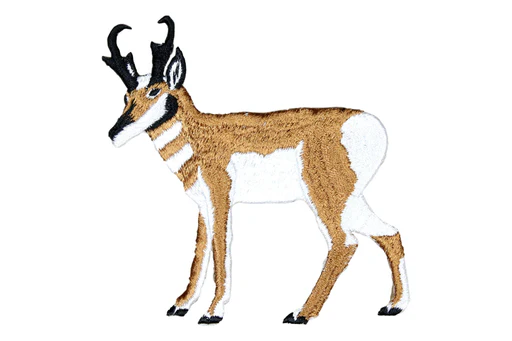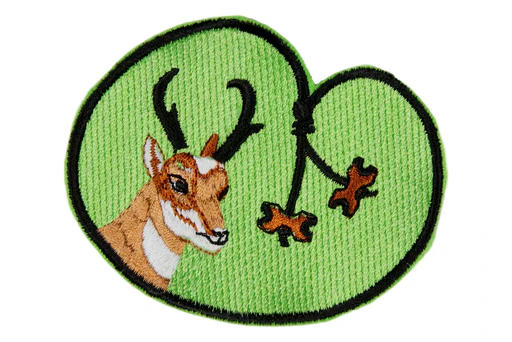Wood Badge Pentagon Pin
Proudly display this Wood Badge Pentagon pin to show your Wood Badge loyalty. Pins are great as a decoration for lapel, jacket, dress, suit, bag, backpack, hat, etc. This is a great gift for your Wood Badgers or Gilwellians at reunions or to give to your patrol as a Thank You for the great memories.
The Pentagon
The Pentagon represents the 5 different themes of Wood Badge:
1. Growing
2. Connecting
3. Guiding
4. Empowering
5. Living the Values
The Axe and Log
The axe and log logo was conceived by the first Camp Chief, Francis Gidney, in the early 1920s to distinguish Gilwell Park from the Scout Headquarters. Gidney wanted to associate Gilwell Park with the outdoors and Scoutcraft rather than the business or administrative Headquarters offices. Scouters present at the original Wood Badge courses regularly saw axe blades masked for safety by being buried in a log. Seeing this, Gidney chose the axe and log as the totem of Gilwell Park.
The Thong and Beads
In looking for a suitable recognition for the 19 men who completed the first Wood Badge course, the hero of the 217-day siege of the South African town of Mafeking in 1900 found among his old army trophies and souvenirs a long necklace of quaintly carved wooden beads. In 1888, during the African Zulu wars, Baden-Powell found the necklace in a hut that had been recently deserted by the African King Dinizulu (Dinny-Zulu).
He presented each man who had taken part in the camp with one of the beads. They were badges of wood. The beads gave the training its name - the Wood Badge Course.
These simple wooden beads signify the completion of the training course soon became one of the most highly prized possessions a scoutmaster could have. When the original beads ran out, the Gilwell training staff whittled others to keep the tradition established by Baden-Powell.
Two simple wooden beads knotted on a leather thong have come to signify that the wearer has completed the most respected scout training program and is dedicated to the highest standards of service.
The Fleur-de-lis
The fleur-de-lis is the main element in the logo of most Scouting organizations, representing a major theme in Scouting: the outdoors and wilderness.
The three petals or leaves represent the threefold Scout Promise (Duty to God and Country, Duty to Self, Duty to Others) in much the same way as the three leaves of the trefoil represent the threefold promise for the Guides.
Robert Baden-Powell, the founder of the Scouting movement, explained that the Scouts adopted the fleur-de-lis symbol from its use in the compass rose because it "points in the right direction (and upwards) turning neither to the right nor left since these lead backward again.
The two small five-point stars stand for truth and knowledge. Together their ten points represent the ten original Scout laws.
Product Dimensions: 1"







